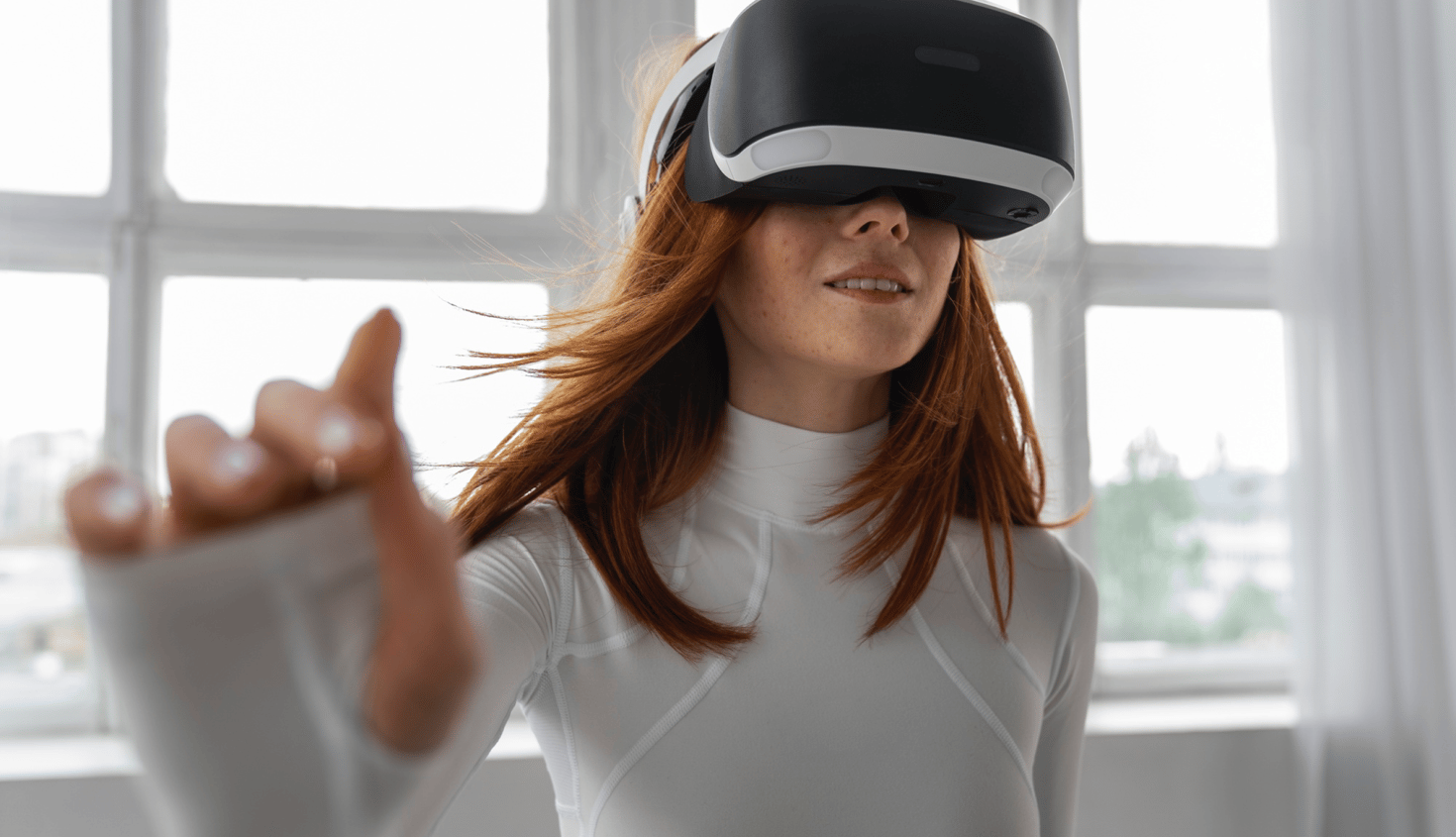AR and VR in E-commerce: Best Practices and Use Cases

Online shoppers can rejoice as technologies of virtual reality and augmented reality are revolutionizing the way we e-shop. With AR and VR in e-commerce, the rules of the game stay the same but experiences and benefits advance for both sellers and buyers. Researchers claim that by the year 2018, there will be 200 million of AR and VR users in the world. This is a big market, and online businesses should start thinking about how to harness it today to become trend-setters tomorrow. Digi-Capital forecasts that by 2020 the volume of the augmented and virtual reality market will grow to $120 bln. E-commerce will take up to 30% of it. And while it’s too soon to talk about virtual commerce (v-commerce) as a reality, embracing the offerings of VR and AR is the first step to an immersive, futuristic online shopping experience.
An Unparalleled Way to Shop Online
According to Satista, about 77.3% of shoppers abandon their carts before completing a purchase. One of the main reasons they do it is doubt. Customers don’t want to take chances when buying goods online. They want to get a better look and feel before purchasing anything. VR and AR e-commerce can help businesses solve the problem by letting buyers experience truly immersive shopping.
The beauty of using virtual and augmented reality as e-commerce tools is that users can experience the product before even purchasing it. Be it clothes, cars, cosmetics or even an apartment, VR shopping can help customers get an immersive view of the product. And when it’s hard to actually imagine what the purchase will look like, technologies help buyers make an informed decision. With this technology actively used by online shops, customers will be able to easily explore different options and make personalized modifications while shopping online.
Successful Cases of AR and VR in E-commerce
Some AR and VR pioneers in the e-commerce industry are already reaping the benefits of offering these progressive technologies to their customers.

eBay Australia and the Myer store launched the first ever VR department store. They used a cardboard VR viewer called Shoptical to treat customers with a personalized in-store feeling no matter where they are. Shoptical gives customers an opportunity to experience products better than any regular online shop would, to move, rotate, and zoom in on them however people choose.
Lego set up AR-powered kiosks and product boxes in some of their retail locations. Now customers can scan any box of the Lego kit they are considering to buy and show their kids exactly what the finished product will look like in 3D. As interesting and colorful as Lego already is, this kind of technology brightens up the colorful bricks even more.

The French luxury goods company Dior also uses virtual tricks to let their connoisseurs experience fashion shows outside of the runway with 360 degrees videos. The decision to invest in this technology was an easy one: the closer and clearer people see their clothing, the higher the chance that they will actually buy some of them.
An online used-car retailer Vroom aims at making the car-buying experience easier and less stressful with VR. Since a car is no dress and costs much more, users have to be confident enough to seal the deal. So, Vroom created a VR showroom where customers can browse certain car models with the help of virtual reality headsets.

Cosmetics is another industry that can benefit from using AR and VR technologies in their marketing campaigns. A French chain of cosmetics stores Sephora has created an app which employs the ModiFace technology. It allows users to take a selfie and apply a variety of cosmetic products they can buy at Sephora to their faces.

Lowe’s, the second-largest hardware chain in the United States, is leading the way in terms of virtual showrooms. Their Holoroom gives users a mocked-up version of what their home could look like when kitted out with various items or products you can find at the store. Lowe’s uses Oculus Rift for Holoroom but each project can be exported to YouTube 360 so that a user could take it home and examine their dream home with Google Cardboard.
TapPainter can help customers big time when they’re stuck with color choice. This AR app allows people to determine which color they should paint their walls. Users can even enter paint swatch color codes to see the exact color they’d like.
Summary
VR and AR commerce is an extremely promising concept in the world of retail, and many online shop owners are already pioneering the AR/VR technology. Those who still stay aside from introducing immersive shopping experience to their customers will join the run eventually. They are obliged to do so since it’s too risky for an e-commerce business to ignore the evolution of technologies and consumer demands.
If you decide that your e-commerce business needs a VR/AR makeover, don’t hesitate to contact pwrteams for high-class software development services.
Write your own
success story
with Pwrteams!
Share your details in the form, tell us about your needs, and we'll get back with the next steps.
- Build a stable team with a 95.7% retention rate.
- Boost project agility and scalability with quality intact.
- Forget lock-ins, exit fees, or volume commitments.


